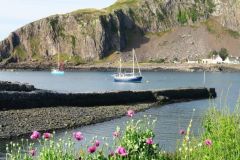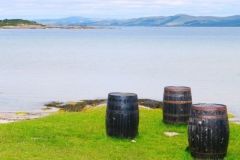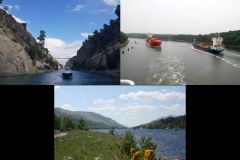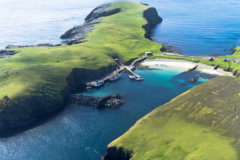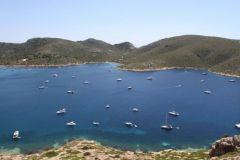Sailing in Scotland has many strong points: first of all, the landscapes are splendid. Each panorama is magnificent both by the light and by the relief. The gradations of colors from the blues of the sea to the greens and browns of the shores are a treat for the eyes. The villages, sometimes white and black, sometimes colored, as well as the trawls of all colors, brighten up the stopovers.
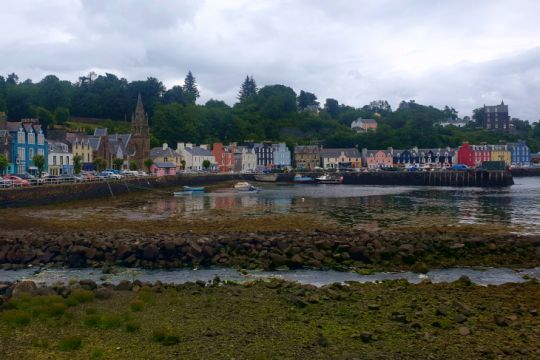
An exceptional and preserved nature
The flora and fauna teeming with life offer an infinite spectacle of wonder at the curious seals, the clumsy shearwaters, the playful dolphins, the majestic deer, and many other animals for those who take the time to observe. There are even ticks and midges, local mosquitoes, but not everywhere.
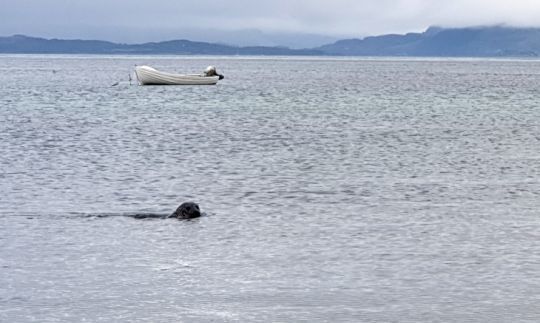
Many and varied activities
Nature activities are the great favorites. Nevertheless, many villages have their local museum, many distilleries and castles dot the islands and coasts for those who like to visit. It is therefore difficult to run out of things to do between sailings.

A fantastic sailing area
In addition to its landscapes and activities, Scotland, especially the west and north of the country, offers a perfect playground for sailing. There are numerous islands, anchorages and small ports dotted along the coast, protected lochs, beaches or coves for all tastes, all weather and all winds.
As a result, sailboats are not usually crowded into the anchorages. Depending on your mood, you will find yourself either in a quiet place or a little isolated. Sailing with several boats can be a good option when you like company.
Moreover, the navigation can be a bit technical, because of the important currents in the channels between the islands and the winds can undergo consequent accelerations or disturbances because of the more or less steep relief of the coasts.
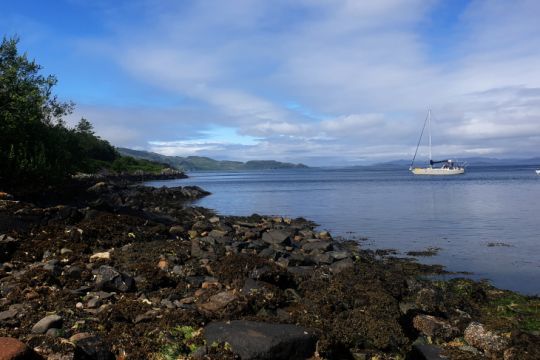
A rather agitated weather
Indeed, there is wind. Often, there is even a lot of it. Fortunately, the maze of islands usually allows to find a relatively sheltered route, if not from the wind, at least from the swell. But, when it is really not possible to sail, there is always a good shelter nearby! The bottom is often sandy and of good quality, in spite of some seaweed.
The nights are short in summer. We can see until 11 pm and again from 3 or 4 am. This allows you to navigate late, or early, with a good visibility on the rocks and possible traps. The latter, while being present everywhere, are not invasive and do not really disturb the navigation with a minimum of attention.
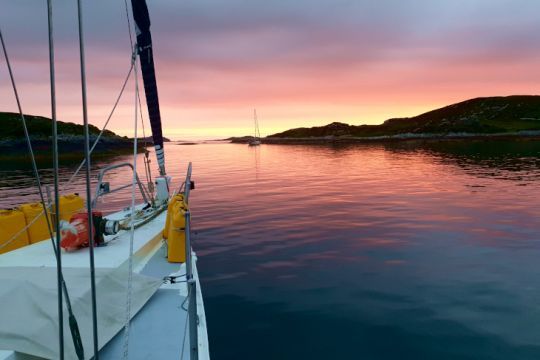
It is better to have some time to explore Scotland, choosing your moments without hurrying. Besides the wind, the Scottish weather is marked by humidity. It rains regularly, but rarely for days on end. Instead, you should expect good, short and heavy showers. These rains allow those who wish to do so to collect fresh water in significant quantities, and even to be relatively autonomous in water.

Rather cool temperatures
The fog also clings to the relief with a respectable persistence. However, it is not cold. The temperatures oscillate gently between 10 and 15 degrees with great regularity during the summer and the water is also in this range.
There is usually no need to turn on the heater in the boats, if there is one. A good sweater and a blanket are enough! When the sun appears, do not hesitate to take out on deck everything that has become wet. However, you will have to tie up your belongings so that the wind does not take its toll.
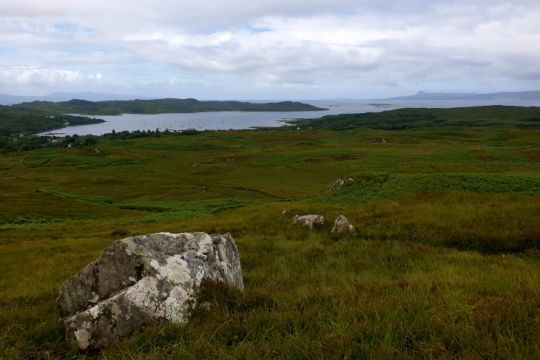
Equipment to be adapted to the climate
The equipment not to be neglected includes, in addition to a "little wool", a good hat, a wind and rain cover, boots, waterproof hiking shoes, warm socks. It is better to wear long clothes against ticks and mosquitoes. When the sun is shining, it can quickly become hot, so the onion technique is quite appropriate!
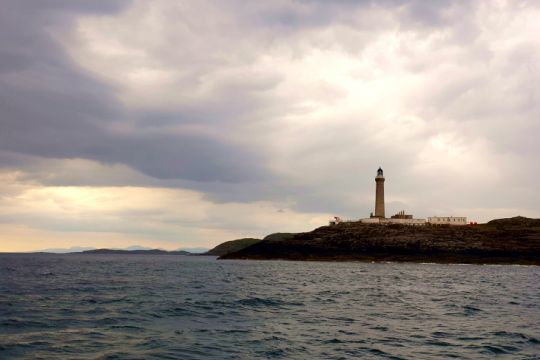
Clear services
The further north you go, the fewer marinas and services there are. The villages are often very small with few amenities. It is therefore comfortable to have a good autonomy on board in water and food. When you find a grocery store within reach of the boat, don't be surprised if you don't find the same products as at home.
However, there will be no difficulty in obtaining basic products. Fruits and vegetables, meat and dairy products are often in limited quantity and variety. The packaging is generally small, 250g bags of carrots for example or 1kg of potatoes, which can be surprising. Then, many products may seem very exotic to our taste habits, but the adventure is also in the plate, isn't it?
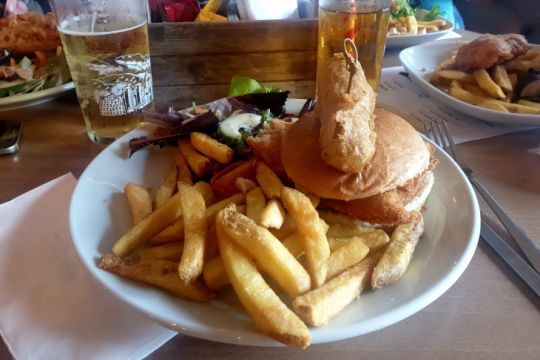
A gastronomy to try
So don't hesitate to eat in the local restaurants. The food is usually very good and quite cheap. You can often find a freshly made soup of the day with toast or a sandwich for a few pounds or a very cheap fish and chips. Coffee, on the other hand, is relatively expensive. Espresso is often more than 2.50 pounds and therefore close to 3 euros. A good opportunity to convert to tea!




